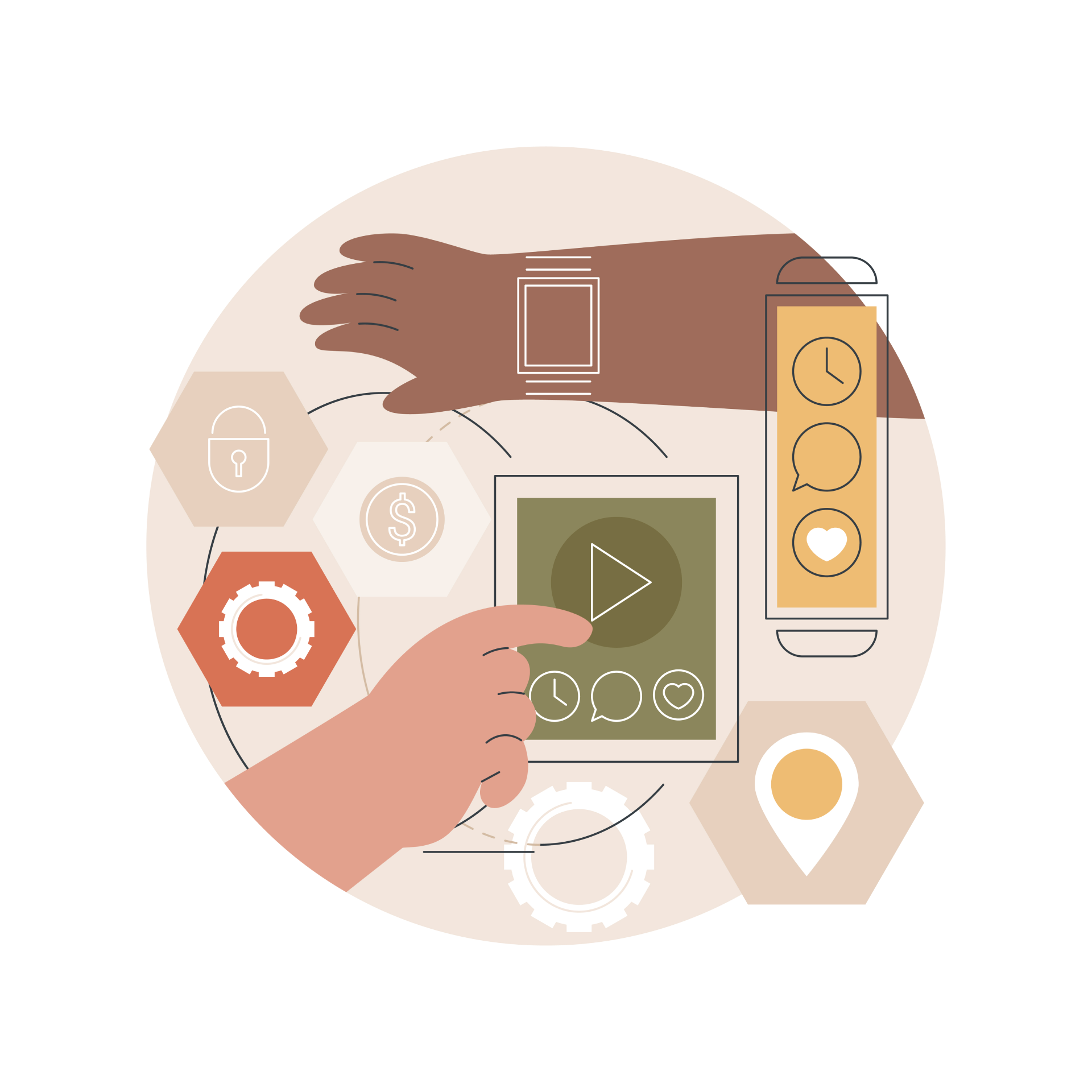
There is no denying that mobile devices are ruling the world today. Every day, people rely on mobile devices for communications, eCommerce, content viewing, work, banking, navigation, and more. Furthermore, they use several gadgets, including smartphones, smartwatches, tablets, phablets, wearables, and hybrid laptops.
However, creating an effective UX design for mobile users can be challenging because of many factors to consider when designing one. This article will highlight some of these factors to give you a better picture of creating a compelling user experience with your next mobile app design.
What Is Mobile User Experience (UX) Design?
To start, let’s talk about the basics: the mobile user experience or UX design. The design of apps or services running on mobile devices and wearables is referred to as mobile user experience (UX) design. UX designers pay close attention to efficiency, accessibility, and discoverability since mobile UX design focuses strongly on these aspects.
What To Consider When Creating An Effective Mobile UX Design
The topic of mobile design is difficult, with a lot to think about when creating a mobile app. Here are some factors to consider while developing mobile apps. Consider them as you’re building your application’s experience:
1) Proper UX Research
At some point, you may be tempted to jump straight into mockups or prototypes, but conducting thorough UX research first is something that cannot be overstated. Keep in mind that you are not your user, and a good user experience depends on comprehensive UX research so that you can be a step ahead of every situation.
2) Avoid Clutter
We’ve all felt the dread of a cluttered desktop—imagine it on a mobile device! Every additional button, picture, piece of information, and so on adds to the complexity. It’s a good idea to get rid of anything in a mobile UX that isn’t truly essential. A fantastic idea is to follow the minimalist design approach, but not at the expense of usability. This might often be achieved by focusing on one primary action on each screen.
3) Stay True To Core Objectives
There’s a temptation to cram as many features as possible onto your product. You may believe that omitting anything will lessen the experience for customers. You must, however, shed that notion. Instead, focus on the most critical aspects of a product and keep elements narrow based on the company’s main goals. Refine the design by analyzing which features are utilized the most and making those features easy to understand and enjoyable.
4) Get Touch Targets Right
The mobile UI can be frustrating if the touch targets are not well-designed. When designing any type of interactive element such as buttons or links there should always have enough room so people do not feel cramped when touching them which leads into what is called “content collapsing.” It’s crucial, then, to create controls, buttons, links, and other elements (basically anything that’s a touch target) at least 7-10 mm apart.
5) Ensure Text Is Legible
To deliver a consistent experience across all sorts of mobile devices, select typefaces that work in various sizes and weights. To minimize eye strain, typefaces with a minimum of 11 points are recommended. Google’s Roboto and Noto or Apple’s new San Francisco font are excellent options to look into for clean and easy-to-read typefaces.
6) UI Feedback
We’re kept informed as we use well-designed applications. On the other hand, users can become confused if they don’t receive adequate feedback. Different types of feedback (sound, haptics, visuals) should be used based on the UI element or the app’s current condition.
7) Accessibility
This is, without a doubt, one of the most overlooked components of user experience design. Around 15% of the world’s population has some form of disability. The Web Content Accessibility Guidelines is a freely available resource that designers should have in their toolbox and be familiar with.

Are You Looking For A Company That Can Create A Useful and Effective Mobile UX Design?
Choosing a mobile UX design company can be daunting, but it doesn’t have to be. In the end, you want to make sure that your web or mobile app is accessible and usable on any device, which means thinking about how people use their phones differently than they do with other devices like laptops.
If you are looking for an effective mobile UX design partner, contact Zluck today! Our skilled team of developers and project managers will work with you every step of the way to create a fantastic product experience explicitly tailored to your needs.














